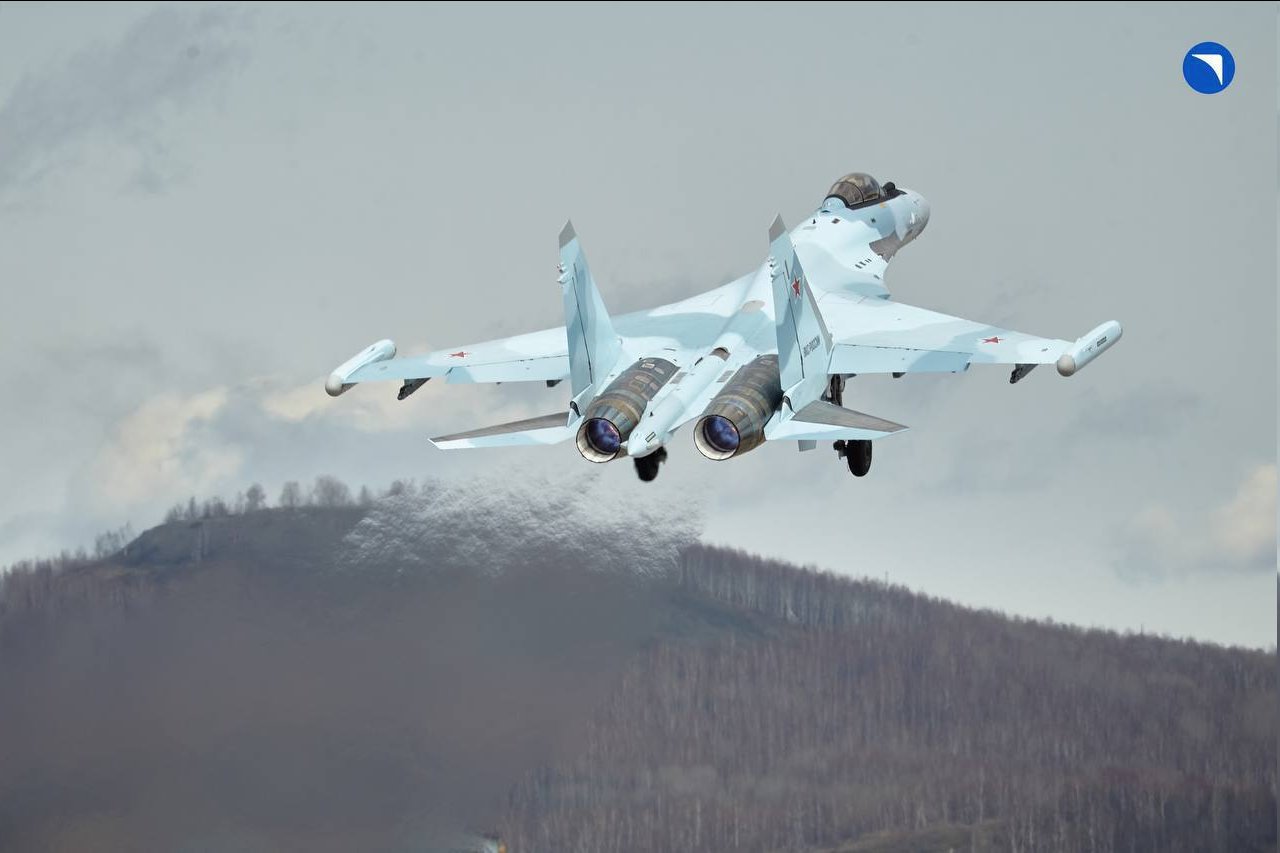NEMESIS tracked howitzer breaks cover
The NEMESIS tracked howitzer has been unveiled by General Dynamics European Land Systems (GDELS) working in partnership with KNDS during the FEINDEF exhibition, which is being held in Madrid, Spain, from the 12th to the 14th of May.
The new howitzer brings a modified GDELS ASCOD 2 platform together with the Artillery Gun Module (AGM) from KNDS. The system is very similar to the Donar, which the two companies released in 2008 mounted on the original ASCOD chassis. This vehicle was a further development of the AGM that had originally been mounted on the tracked chassis used by the MLRS. That effort was directed at the German Army’s requirement for a new self-propelled howitzer, which was eventually met by the PzH2000.
It now appears that the NEMESIS seeks to revive the roots of the Donar in a bid for Spain’s M109 replacement that was announced in 2024. The country is reportedly seeking 145 howitzers, with 109 of them on a tracked chassis and 36 as wheeled systems.
Outside of Spain, the ASCOD 2 platform has recently been selected by Latvia for its IFV requirement, and is under consideration for various other programmes throughout Europe, which may increase the appeal of the NEMESIS.
There is an existing park of self-propelled howitzers in Europe, especially the M109 and K9 howitzers, which are widely used with orders for the latter increasing. The NEMESIS is certainly positioned as a viable alternative to the M109, which has been in service since the 1960s. Indeed, Switzerland has already decided to replace its M109s with the AGM mounted on a 10×10 Piranha wheeled vehicle, which also comes from GDELS.
However, NEMESIS with its crew of two is significantly lower than the six personnel used to operate most of the M109 family. This creates concern within the artillery community, as some worry that it will be too difficult to fight a gun for prolonged periods of time with such a small crew.
Capability profile: NEMESIS
NEMESIS has a crew of two, both housed in the armoured cab at the front of the vehicle. The vehicle is powered by an 1,100 hp engine The AGM can fire through 360 degrees and delivers up to eight rounds per minute, with all firing fully automated. It carries a total of 30 155 mm rounds and 30 modular charges, and can fire unique munitions that provide a range up to 70 km. In the close support role, it can deliver five rounds onto a target at a range of 12 km, so that they will all land within two seconds. This is valuable for artillery as it is essential to deliver a significant weight of fire within the first 75 seconds, after which the opponent is likely to have taken cover if not defeated.
Calibre comment
Artillery has always played a very important role in warfare between conventional armed forces. Its ability to suppress and destroy enemy formations can be brought to bear in all weathers, and regardless of the adversary’s force disposition, unlike most airpower. It is also relatively cheap and decisive when properly employed. However, throughout the wars in Iraq and Afghanistan, it was difficult to employ artillery as it can be indiscriminate unless the shells are fitted with a guidance kit. This, and other elements of those wars, led to a reliance upon close air support to overpower enemy fighters that were emplaced or otherwise unreachable. Close air support would typically fly close to the ground and deliver large munitions like the Paveway IV, safe in the knowledge that they could do so without risk from the ground.
However, in a war with a conventional opponent, especially Russia or China, and Iran to some extent, NATO or US airpower would be concentrated on fighting offensive or defensive campaigns against the adversary’s own airpower and air defences. They would be unlikely to provide close air support until it was assessed that the adversary’s ability to hold air assets at risk had declined sufficiently. Because of this, western forces are placing a lot of emphasis on increasing lethality of long-range assets at the corps level and down. In Europe, there is a renewed focus on conventional artillery, including tube, rocket and mortar artillery. With some also considering a land-based component to their long-range precision strike with the potential procurement of weapons like the Tomahawk Land Attack Cruise Missile.
By Sam Cranny-Evans, published on 12th May, 2025.

Sign Up for Updates!
Get insider news, tips, and updates. No spam, just the good stuff!






